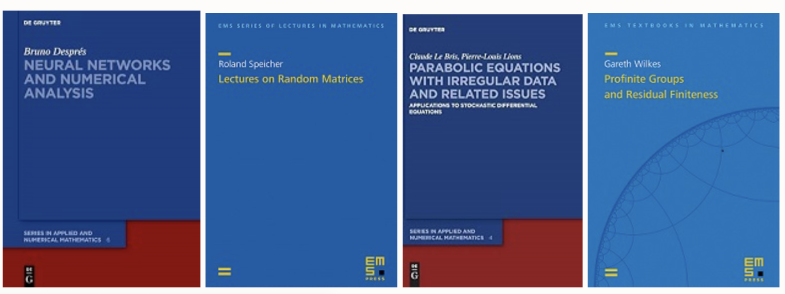This clip from David Spiegelhalter's recent Public Lecture where he uses card shuffles to demonstrate probability has attracted widespread interest and comment. Understandably a lot of people don't get it, some just won't believe it and some are confident that magicians disprove the maths. But maths is the magic.
The Oxford Summer School in Economic Networks (OSSEN) is returning in 2025, from June 23-27.
16:00
Progress towards the Keating-Snaith conjecture for quadratic twists of elliptic curves
Abstract
The Keating-Snaith conjecture for quadratic twists of elliptic curves predicts the central values should have a log-normal distribution. I present recent progress towards establishing this in the range of large deviations of order of the variance. This extends Selberg’s Central Limit Theorem from ranges of order of the standard deviation to ranges of order of the variance in a variety of contexts, inspired by random walk theory. It is inspired by recent work on large deviations of the zeta function and central values of L-functions.
The Careers Service offers dozens of careers and employability events in Hilary term, including guest speaker talks, application and interview support sessions, and internship guidance, and you can also explore a range of sectors at the Creative Careers Festival (4th Week).
Image: The Supper at Emmaus - Caravaggio
As usual we at the MPLS division are running a broad range of online and in-person free training courses this term. You can see the full list of courses for the term by visiting our website or downloading the Hilary Term Training Brochure.


